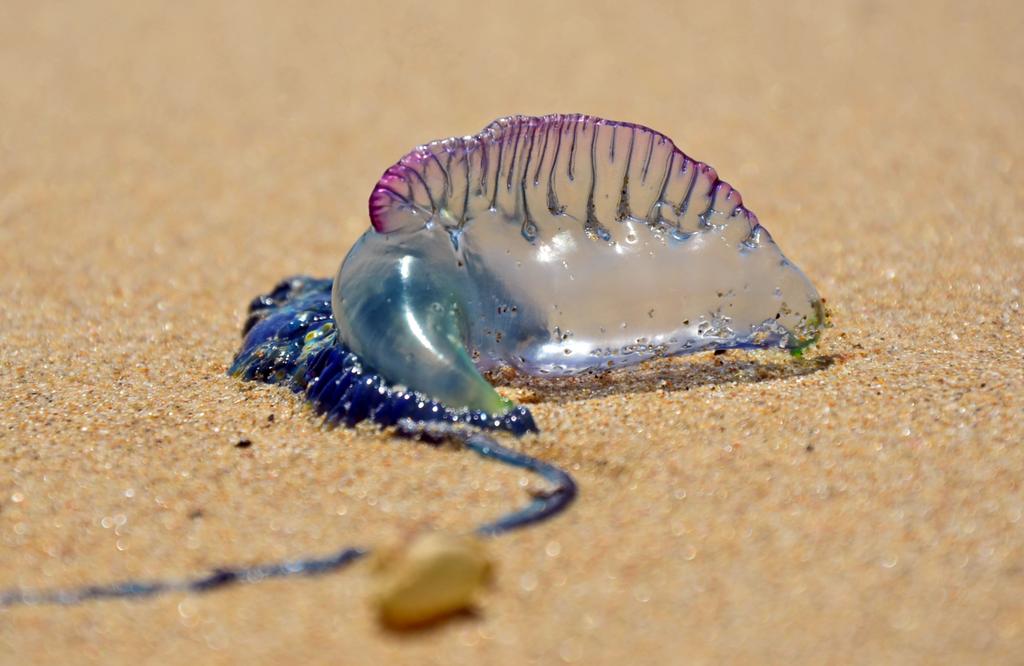
Welcome back to the latest installment of “why did this internet user pick up a deadly animal?”. Last time, we saw a TikToker pick up one of the most venomous animals known to science as they handled the intensely dangerous blue-ringed octopus, a tiny and cute creature with enough venom to kill 26 adult humans within minutes.
Although it was dangerous beyond belief, this time we have something even wilder.
A popular TikTok user, alexa_reed2, who has almost 1 million followers, recently posted a video showing himself prodding, picking up, and even licking a strikingly colored blue “jellyfish” that lay on the beach.
“Look guys, a jellyfish is still here,” he states in the short clip.
“I’m going to pick it up. This is how it looks like – yes, it is a jellyfish, look how big it is. It’s still moving! I’m going to lick it.”

Unbeknownst to Alexa, a makeup artist and self-proclaimed “CEO of eating bugs”, his new jelly friend is actually a Portuguese Man o’ War (or Bluebottle), one of the most dangerous creatures in the ocean. Portuguese Man o’ Wars are actually siphonophores, not a single animal but made up of a colony of organisms working together, though closely related to jellyfish. Known for their intensely painful stings that leave welts in unfortunate swimmers that are caught by their tentacles, these “floating terrors” frequent the beaches of Australia and are responsible for up to 10,000 stings to humans per year. There have even been reported cases of Bluebottle stings resulting in death, particularly in vulnerable people.

Surfers and ocean swimmers are well-versed in the danger these creatures represent, but it appears many people – including this TikToker – can’t identify them when they wash up on the beach.
Another TikToker by the name of mndiaye_97 did a fantastic round-up of why the Man o’ War should be kept at extreme distances, in case you don’t believe us. Check out the video, which went viral shortly after the original post, below.
Luckily, Alexa appears to have come off unscathed. However, the video does provide a couple of important learning points. Firstly, if you are traveling abroad and wish to enjoy the wildlife, try to learn the common and potentially dangerous ones so you can steer well clear of them. Secondly, and most importantly, never pick up (and please, please don’t lick) any wildlife you may find. Native plants and animals should be admired from a safe distance, so they can be there for years to come. And who knows, staying far away might just save your life.

Leave a Reply